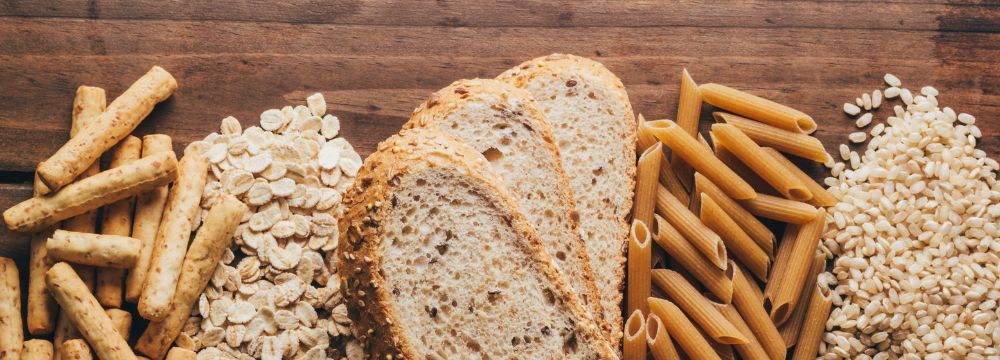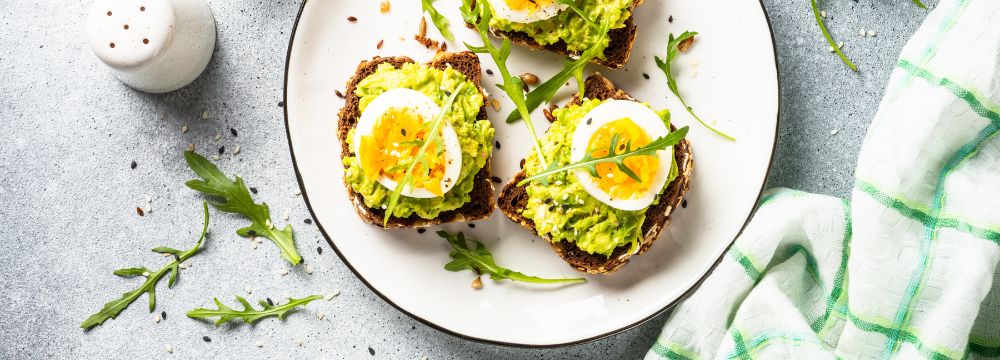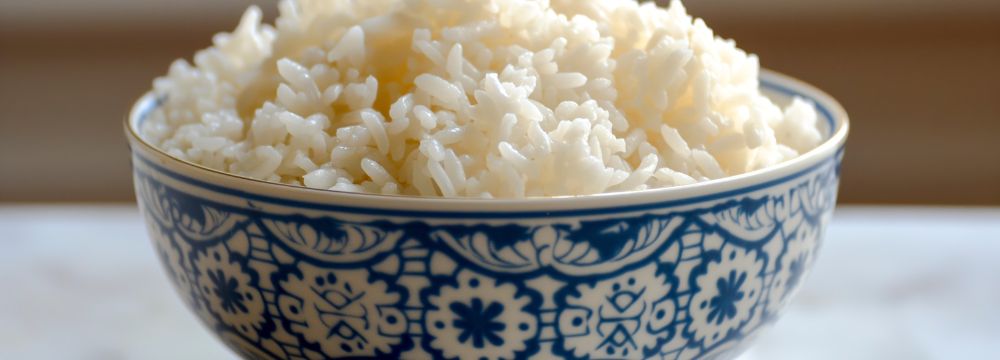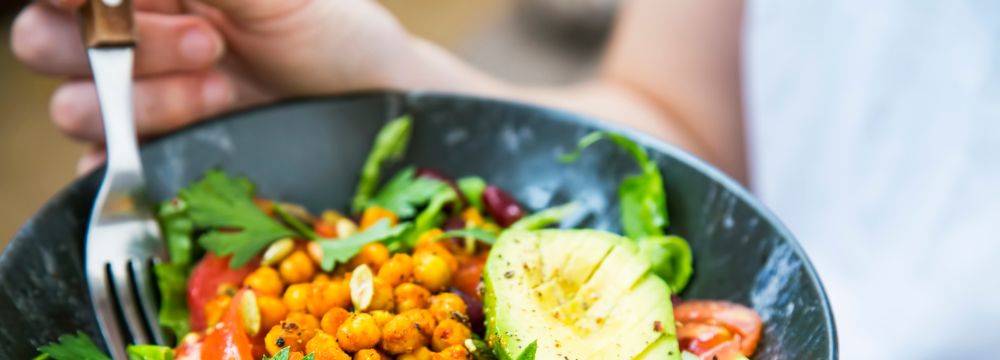
We all know how important protein is. But while we speak generically about the term protein, is all protein the same, or are there any differences we should keep in mind?
First, let’s start by differentiating between protein and food sources of protein.
As you probably already know, proteins are macronutrients found in food and are composed of little building blocks called amino acids. Approximately 20 different types of amino acids combine to create other protein molecules. Of these 20 amino acids, nine are particularly important and are called “essential” because our body cannot obtain them if not through the food we eat. The proteins containing all amino acids are referred to as “complete.” If, on the other hand, the protein lacks one or more essential amino acids, then it is “incomplete.”
As you can probably guess from the name, food sources of protein are all the foods that contain a significant amount of protein. Some examples are:
- Meat
- Poultry
- Seafood
- Eggs
- Dairy Products
Protein doesn’t just come from animals and animal products, however. Protein can also be consumed by eating:
- Beans
- Peas
- Whole grains
- Rice
- Nuts and Seeds
Of the foods just mentioned, the animal-based ones (up top) are naturally good sources of complete proteins. Plant-based foods (the ones further down) instead tend to lack one or more essential amino acids, making them a source of incomplete protein.
Does this mean that we should avoid plant-based sources of protein? Absolutely not. Mixing and matching complimentary plant protein sources is a great way to obtain all amino acids from plant-based foods. For example, rice is low in threonine but high in methionine, while beans are low in methionine and higher in threonine. These complementary foods create a source of “complete” protein when eaten together.
Another aspect to remember when we think of food sources of protein is what experts refer to as the “protein package.” This term refers to all the other nutrients contained in the food product we are eating. Let’s look at a simple example:
One hundred grams of steak (beef) contain 25 grams of protein and 19 grams of fat and no fiber.
One hundred grams of cooked lentils contain 9 grams of protein, only .4 grams of fat, and 8 grams of fiber.
Tips and Tricks to Getting the Best Protein Intake
Let’s look at three quick and easy tips to keep in mind that will help you optimize your protein intake.
Vary Your Protein Sources
Remember to take into consideration the “protein package.” By varying our protein sources, we avoid excessive amounts of some nutrients and deficiency of others. Think of it as balancing out the nutrients… Limit the red meat and eggs you eat since these contain high amounts of saturated fats (including cholesterol), and try to favor poultry, fish, low-fat dairy products, and plant-based proteins.
Remember to Include Complementary Plant-Based Protein Sources
While science indicates that it isn’t necessary to eat complementary plant proteins within the same meal, recipes containing complementary sources are a convenient and fun way to ensure you don’t forget! Great examples are:
- Rice and Lentils
- Black Beans and Corn
- Hummus and Pita Bread
- Nut Butters and Whole Grain Bread
- Soy Milk with Buckwheat-Based Cereal
Also, remember that soybeans (and soy products like tofu, tempeh, etc.), hemp, chia seeds, and quinoa are a great exception to what we have said so far. These are plant-based proteins that offer a good source of complete protein!
Be Aware of Your Correct Protein Needs
A common mistake is overestimating or underestimating your recommended daily protein intake. Your bariatric surgeon, dietician, or nutritionist will tell you how much protein you should eat daily. If this information isn’t clear to you, consult them regarding your current protein needs. Another important aspect is to have sufficient knowledge regarding the amount of pure protein contained in each food source of protein. In some cases, protein powders are necessary to ensure enough protein, particularly if calorie intake is limited, for example, in the few months after bariatric surgery.
While you should always follow your bariatric surgeon’s post-operative care packet, you will be told that protein is one of the most important parts of the post-bariatric diet. You will need to consume at least 60 and potentially up to 80 grams of protein each day. This will be challenging through food alone as the size of your usable stomach will be smaller than before. Your surgeon will give you recommended protein sources that may include foods and possibly protein shakes.
How to Eat Your Proteins After Surgery
- Try to consume your proteins first before you get full.
- Do not drink liquids during or 45 minutes before and after your meal.
- Learn how to vary your protein cooking methods. Grilling, blackening, and roasting all offer some varied and delicious tastes
- Prioritize foods with the most protein by weight (usually animal proteins).
- Don’t stop at chicken. Try new foods, cuts of meat, and various vegetarian options to keep you excited about what you’re eating.









